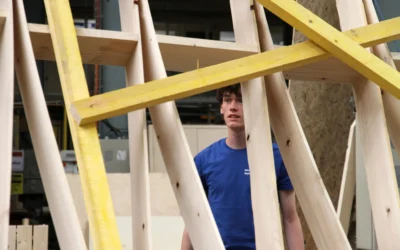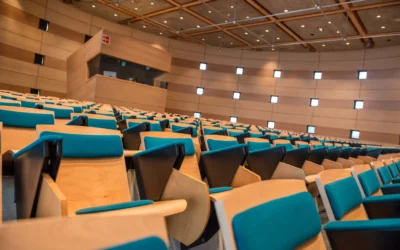It’s hard to imagine Épinal without its “wood school.” Yet, ENSTIB is only 40 years old. And while this branch of the University of Lorraine is now deeply rooted in the City of Images, its story is built on the determination and energy of a few individuals who, over the years, have tirelessly dedicated themselves to growing the school—its campus, its student body, and its expertise. Thanks to their efforts, ENSTIB stands today as the only public national school dedicated to wood technologies and industries.
From Master’s Degree to ESSTIB Engineering Diploma
Since 1978, around ten students had been enrolled in the Master of Science and Technology in Wood program, focused primarily on training in the “wood material” and offered in Épinal, within the premises of the Centre for Higher Scientific Studies (CESS). Thanks to the initiative of Pierre Blank, then mayor of Épinal, followed by Philippe Séguin, the Ministry opened a few teaching and research positions for academics willing to invest in the field. This enabled the small group of students to significantly develop their skills.
In 1982, the first graduates of the MST Wood program quickly found positions of responsibility in the regional industry. Encouraged by this success, Xavier Deglise, then head of the institution, requested the transformation of the MST Wood program into an engineering school.

In 1985, this ambition became reality following a favorable review by the Commission des Titres d’Ingénieur (CTI), supported by industry stakeholders. The École Supérieure des Sciences et Technologies des Industries du Bois (ESSTIB) was officially established in April, with classes beginning in September 1985.
EIn the meantime, student numbers steadily increased, enabling graduates to meet the growing demands of the wood industry and ensuring strong professional integration.
Philippe Séguin :
ENSTIB’s Patron at Heart
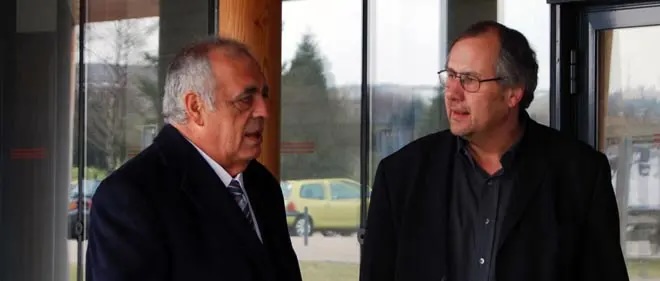
From the very beginning, the Deputy Mayor showed unwavering commitment to ENSTIB and its community. While the project was still in its early stages, he sent a few sharply worded letters to critics opposing the creation of an engineering school in Épinal. To those who claimed that “no 20-year-old would ever bury themselves for three years in Épinal,” he replied that “their contempt for the provinces reveals a mindset from another age.” And when officials in certain ministries wrote that “the Épinal option presents a serious risk due to its intellectual environment,” his response was as scathing as it was passionate: “It is unacceptable that, under the banners of the French Republic, the Ministry of Agriculture, or the National Institute for Agronomic Research, any self-important individual should make such judgments about the intellectual environment of a city and a region.”
Philippe Séguin always stood by ENSTIB and its people. He even returned to the Bois Campus during his final visit to Épinal. After his passing, the street that leads to ENSTIB was named Rue Philippe Séguin in his honor.
From University Benches to a Modern Factory
At that time, ESSTIB still had no dedicated technical facilities, despite Philippe Séguin’s strong support for the school’s staff and students, led by Xavier Deglise.
It was then that the Épinal regional council—bringing together the cities of Épinal, Golbey, and the Chamber of Commerce—offered a factory originally intended for the chocolate manufacturer CEMOI to house ESSTIB and its technology hall. The chocolate company had just ceased operations three months after the grand opening of its brand-new facility, following the liquidation of its parent company.
On September 16, 1985, the first class of the École Supérieure des Sciences et Technologies des Industries du Bois (ESSTIB) began the academic year in Épinal. The 18 engineering students moved into the former CEMOI plant, a vast, ultra-modern metal structure of over 4,600 square meters.
The school quickly continued its development: one year later, the Regional Center for Innovation and Technology Transfer for the Wood Industries (CRITT Bois) was established. It served as a bridge between the school and the industry.
A New Name, A National Dimension
In 1994, ESSTIB changed its name to ENSTIB: École Nationale Supérieure des Technologies et Industries du Bois. This change marked a new national dimension, reflecting the many improvements made over the years—both in terms of teaching quality and the resources provided to students, as well as the continuous development of facilities to meet growing demands.


On March 8, 1996, new facilities totaling over 1,600 square meters were inaugurated. The centerpiece is the Philippe Séguin amphitheater—a 20-meter-diameter, 8-meter-high wooden cylinder, tilted at a 30% angle and built entirely from beech, sycamore, and oak. Balanced on a concrete cube, this structure symbolizes both the technical prowess and performance of wood as a material. It has since become the emblem of the school.
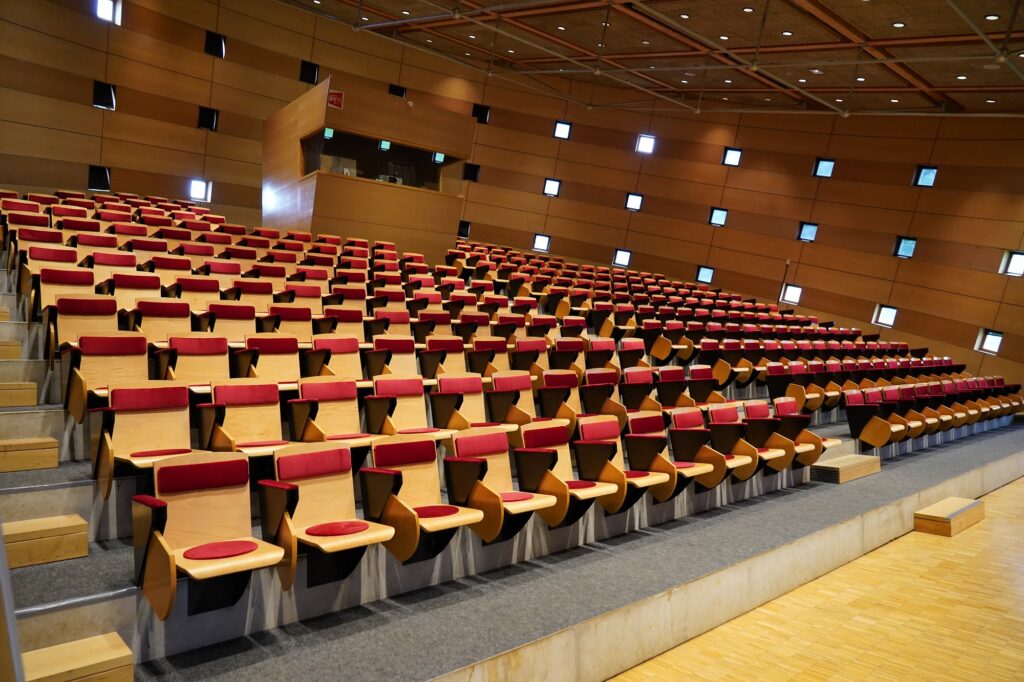

New Leadership, New Ambitions
Pascal Triboulot: Visionary and Builder
In 1985, Pascal Triboulot was a senior lecturer in civil and mechanical engineering, while also serving as Director of Studies at ESSTIB. In 1995, he became Deputy Director, then took on the role of Director in 2000—a position he held until 2017 (with a two-year break between 2010 and 2012, during which he worked in Quebec).
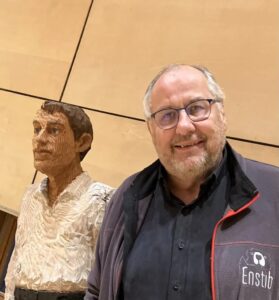
Convinced that ENSTIB has a key role to play in the wood industry, Pascal Triboulot has participated in numerous conferences and roundtables, both in France and abroad. He has worked tirelessly to challenge clichés surrounding the wood and forestry sectors. His vision—that wood and its many applications provide real answers to climate and environmental challenges—has significantly contributed to ENSTIB’s reputation.
In 2000, ENSTIB launched its Professional Bachelor’s Degree to address the specific needs of the wood sector. Over time, this program expanded to include several specializations aligned with the evolving wood professions: wood structures and wood furniture. Today, the program is overseen by Marc Jaffres, an ENSTIB-trained engineer, and Alain Renaud, a faculty member. It also offers a wood expertise specialization.
Among the major infrastructure projects during his leadership are the 2001 construction of a building housing both CRITT Bois and CETELOR, and the creation of the Campus Fibres (now Campus Bois) in 2005. These developments were made possible under the guidance of the General Council of the Vosges and its President, Christian Poncelet, a long-time supporter of the Campus Bois and its growth. At ENSTIB, project oversight was entrusted to teacher-researcher Pierre-Jean Meausoone, with support from the Technical Services team.
In 2015, a new building dedicated to research on energy recovery from wood through gasification—led by Professor Yann Rogaume—was inaugurated.
In parallel, the ABC Master’s program (Architecture, Wood, Construction), launched in 2006 (formerly the DESS in Wood Material and Implementation), was developed in partnership with the École Nationale Supérieure d’Architecture de Nancy and the University of Lorraine. Responding to a growing demand for specialists in timber construction, the program is now led by Caroline Simon, teacher-researcher and head of the ABC Master. Each year, it attracts a large number of applicants and offers remarkable visibility to ENSTIB’s wood construction training.
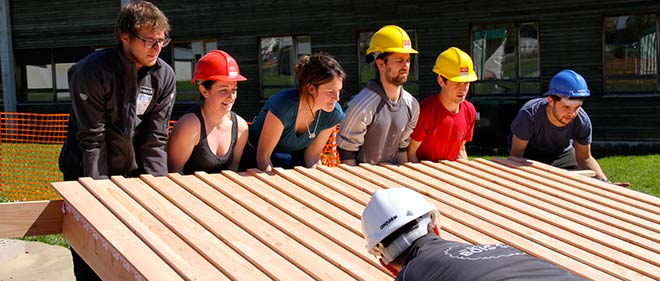
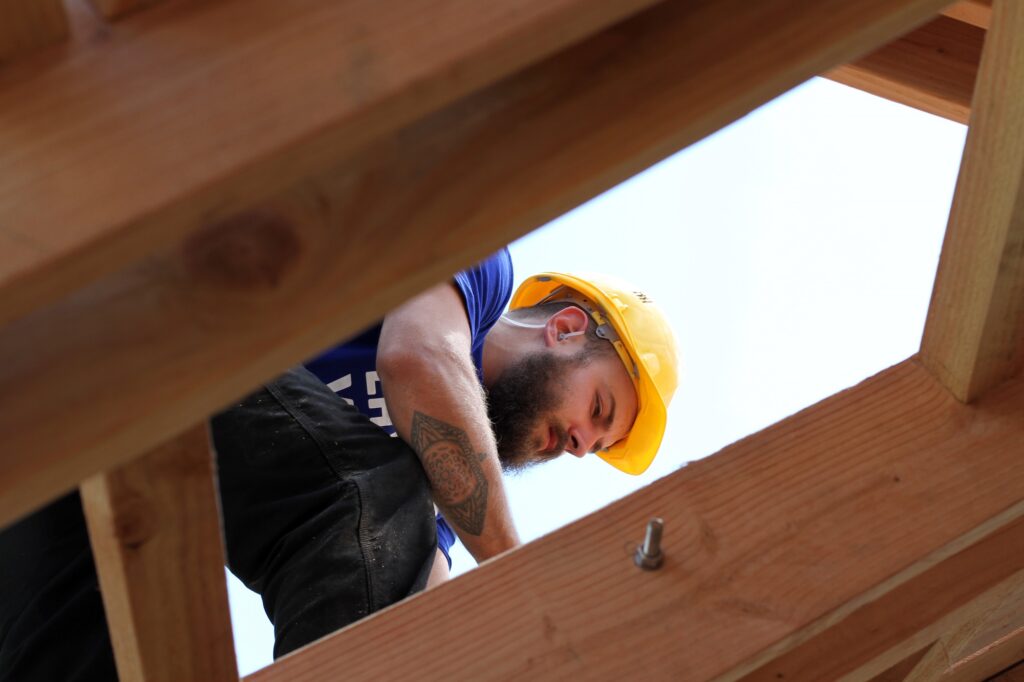
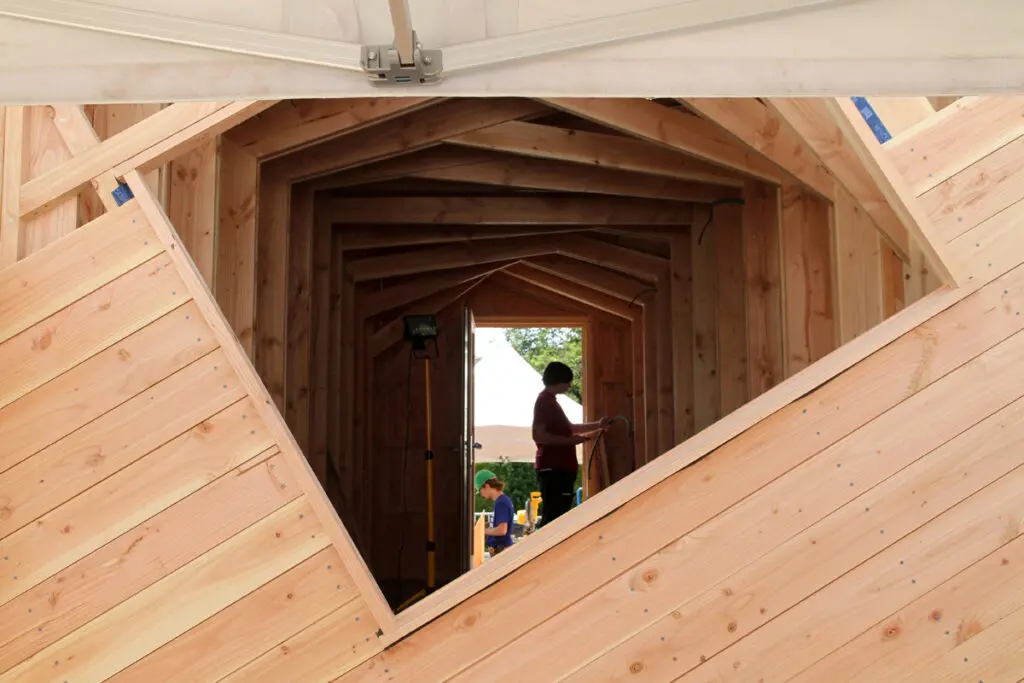
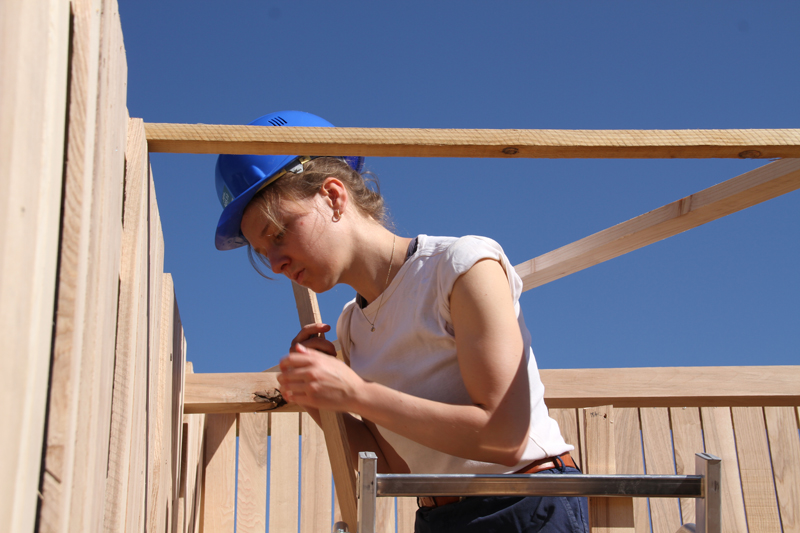

The educational challenge created as part of this Master’s program—“Les Défis du Bois”—brings together engineers, architects, and Compagnons du Devoir to work collaboratively. This initiative has contributed to the school’s influence far beyond national borders, attracting students from around the world.
Another program, the CHEB (Certificate in Wood Engineering), was launched in 2004 in partnership with the Centre des Hautes Études de la Construction (CHEC). It later became a Specialized Engineering Degree. Initially, the program was overseen by engineering faculty member Dominique Calvi, who also designed the structure of the Philippe Séguin Amphitheater.
Laurent Bléron: A Commitment to Continuous Improvement
A 1997 graduate of ENSTIB, Laurent Bléron became a full professor at the school in 2012. Since then, he has served as Deputy Director of ENSTIB, responsible for industrial relations and valorization strategies. He also leads the timber construction team at LERMAB and sits on the lab’s management committee. Since 2015, he has also held the position of Director of Studies at the school.

His vision for the school is to position ENSTIB around ambitious future-oriented projects, with strong visibility both nationally and internationally. These initiatives aim to strengthen the foundation of technological training, open up new horizons for research conducted by the school’s laboratories, and foster closer ties with the socio-economic world. Projects in biorefinery, robotics, and Industry 4.0 are meant to become central to the school’s mission.
In 2017, when he took office, ENSTIB—now welcoming 400 students each year—opened its programs to apprenticeship pathways.
At the same time, the school began developing a dedicated communication strategy.
Under the leadership of Laurent Bléron, ENSTIB undergoes a major transformation: complete renovation of the technology hall, reorganization of the machinery layout, upgrade of digital machining equipment, and the installation of a biorefinery platform at laboratory scale.
Alongside a strategic review conducted with Lorraine INP, ENSTIB updated its logo in February 2022. The new design is part of a shared visual identity adopted by the national INP Group, aimed at enhancing the school’s visibility on a broader scale.

As the culture of continuous improvement gains momentum on the Bois Campus, Laurent Bléron and Pascal Triboulot sparked a national debate by publicly raising a provocative question: Can we do without wood? The message quickly went viral, viewed hundreds of thousands of times online.
Among the many media outlets that picked up the story, L’Est Républicain published an interview with the Director.
ENSTIB Today
Today, ENSTIB is one of the 11 engineering schools within the Lorraine INP Collegium. Since its founding in 1985, it has graduated over 4,000 students—engineers, professional bachelor’s holders, master’s graduates, and PhDs. These alumni form a powerful network, with over 90% working in key roles within the wood sector—spanning construction, bio-based materials, energy and environment, production, and logistics for the wood industries—primarily in France.

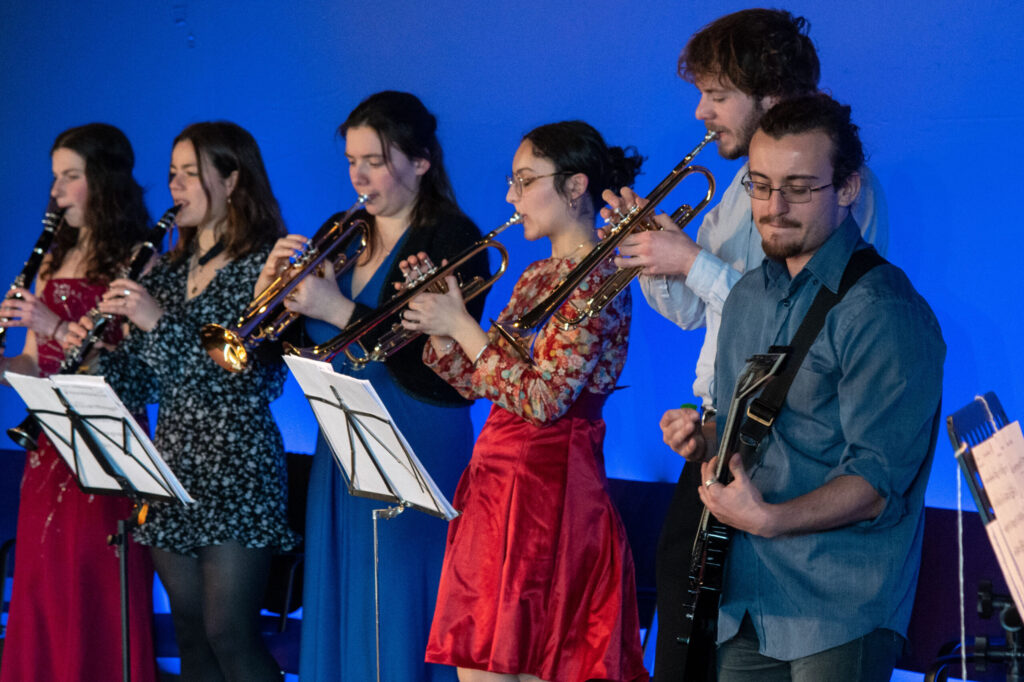
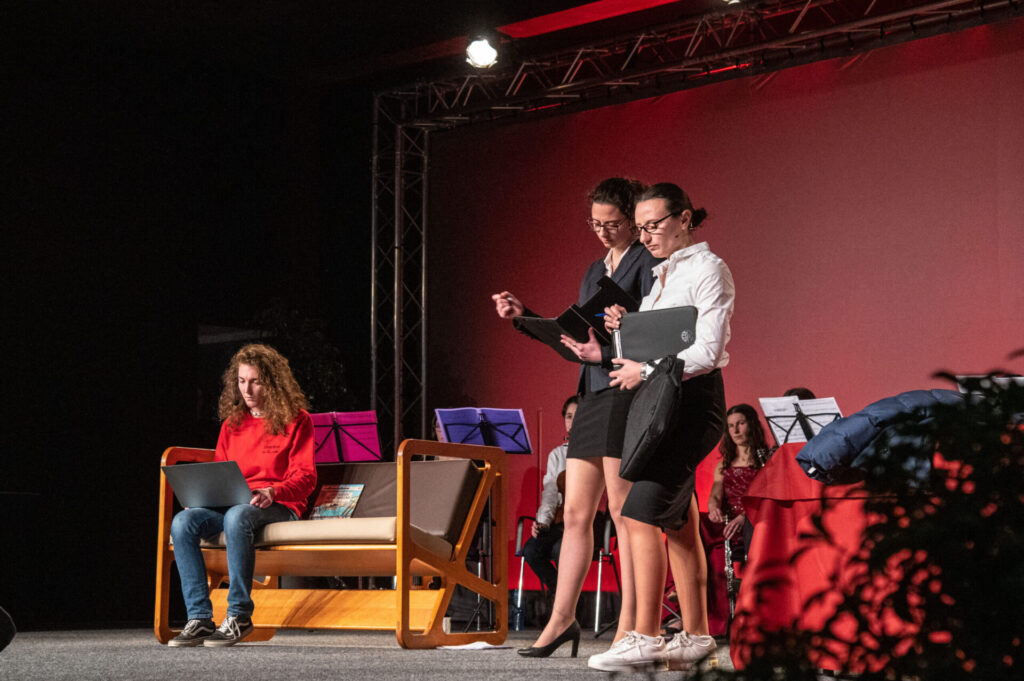
AIENSTIB, created in 1986 and chaired by Éric Mougel—ENSTIB engineer and teacher-researcher—maintains strong connections between alumni and current students.
Alongside ENSTIB, the Bois Campus is home to three laboratories—LERMAB, CRAN, and the Jean Lamour Institute—as well as two research centers: CRITT Bois and CETELOR.
They Made ENSTIB What It Is!
Thanks to the dedication and enthusiasm of the teaching staff, as well as the commitment of the technical and administrative teams, the school continues its journey of continuous improvement—serving its students and the entire wood industry. Today, the greatest reward for all those who have supported the ENSTIB project since 1985 is what our students say about the school.
In 2025, ENSTIB Celebrates Its 40th Anniversary

On May 15, the doors of the Bois Campus will be wide open from 1:30 p.m. to 6:00 p.m., especially for school groups from first grade to final year of high school, who can register with Flavie Najean.
An exhibition of 40 panels, each highlighting a key moment in the school’s history, will be on display in the technical hall—for at least two years.


